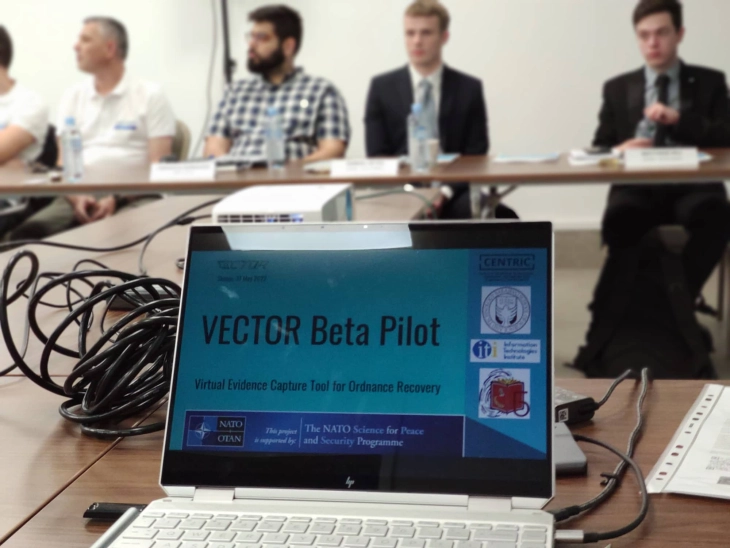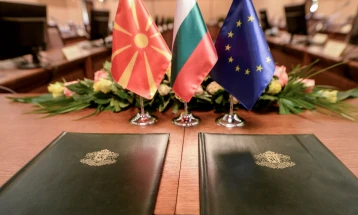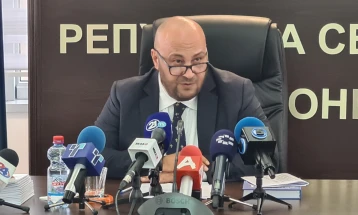Beta testing of VECTOR tool for identifying explosive devices at Skopje police center

Skopje, 31 May 2022 (MIA) – VECTOR, a virtual evidence capture tool for ordnance recovery, was beta tested Tuesday as part of a project funded by the NATO Science for Peace and Security (SPS) program at Skopje’s Gjorce Petrov Police Center.
Launched in 2020, VECTOR is a two-year research project aimed to develop an integrated solution to identifying, analyzing, classifying and responding to explosive devices by fusing 3D photogrammetry, artificial intelligence, augmented and virtual reality technologies.
The project, due to end on Sept. 30, 2022, aims to focus on security in NATO member and partner states by developing a technological solution to document, analyze and identify explosive devices, including unexploded ordnances (UXOs) and improvised explosive devices (IEDs).
The tool for the Interior Ministry (MoI) and the Protection and Rescue Directorate was designed as part of the two-year project, implemented by a consortium led by UK’s Centre of Excellence in Terrorism, Resilience, Intelligence and Organised Crime Research (CENTRIC), The Centre for Research and Technology Hellas (CERTH) in Greece, the University Sarajevo School of Science and Technology (SSST), and the Skopje-Based Faculty of Security.
Addressing today’s event, Interior Minister Oliver Spasovski said that law enforcement units and first responders face huge risks when handling explosive devices.
“However, the process with VECTOR is alleviated. All of these risks and threats are real not only for us but also for developed countries and our NATO partners, which is why the MoI through the Public Security Bureau has decided to join VECTOR and contribute to the creation of a modern solution to identify explosive devices,” Spasovski said.
According to Bekim Maksuti, head of the Protection and Rescue Directorate, a total of 12,700 pieces of explosive devices – the highest number in the country’s history – were discovered in 2020 in Bitola alone. Also, 670 were discovered in 2021 and 110 in 2022 so far.
“The devices we have been discovering across the country pose a threat to the public as it is also a challenge for the successful cooperation between the institutions,” he said, noting that tools for identifying explosive devices are of vital importance for the strategic interest and tactical operations of NATO member and partner states.







